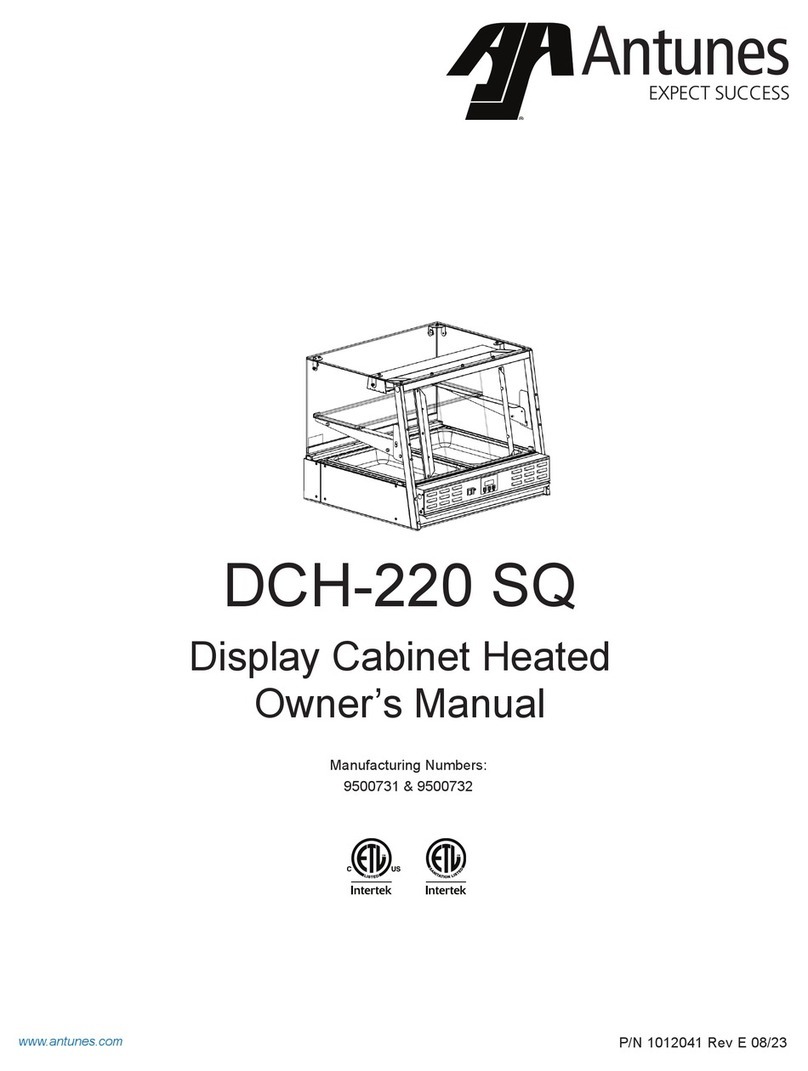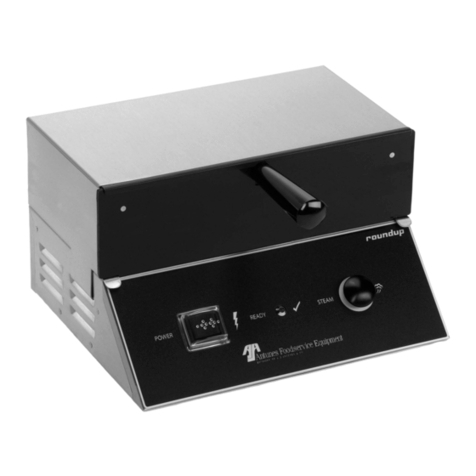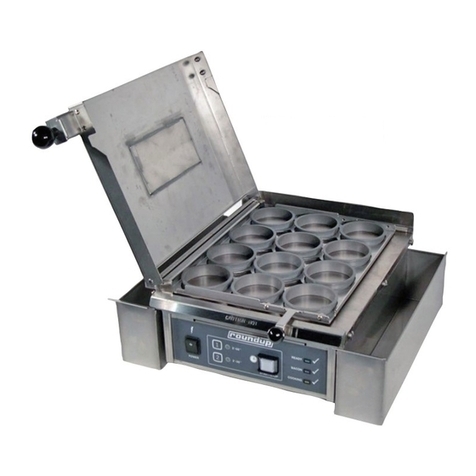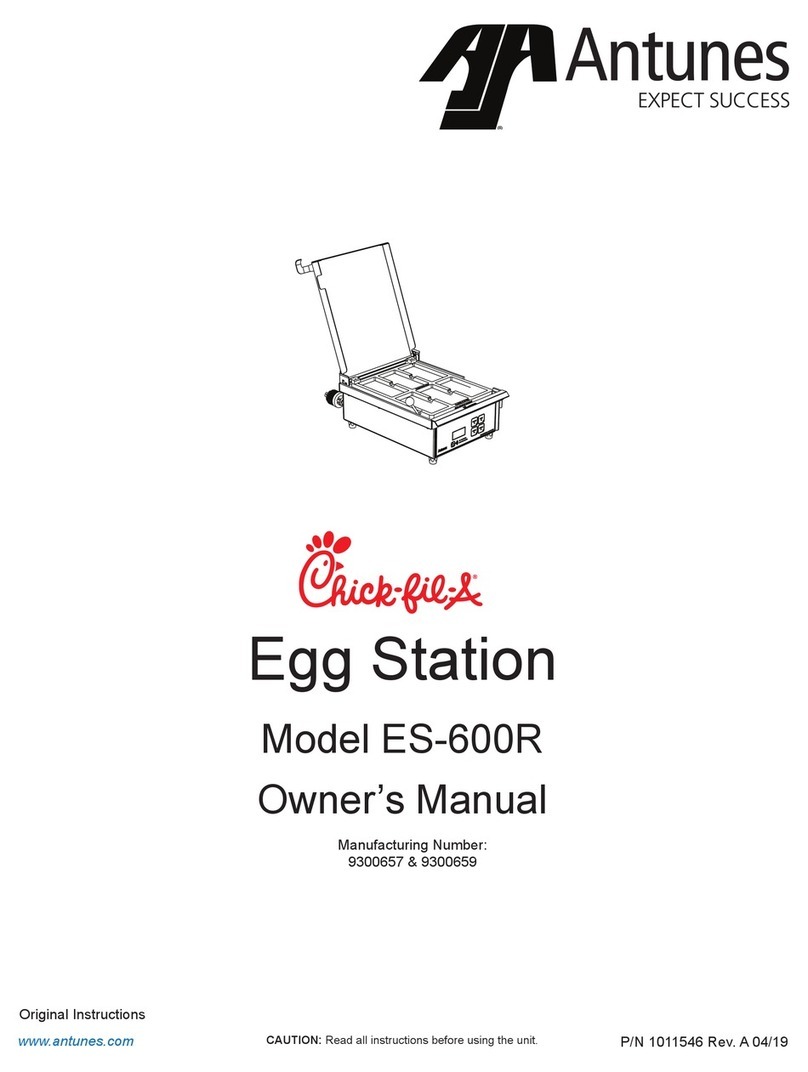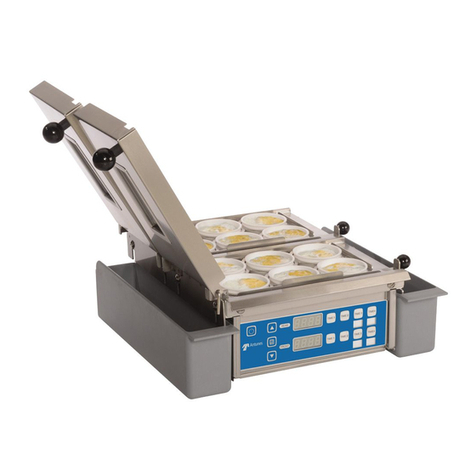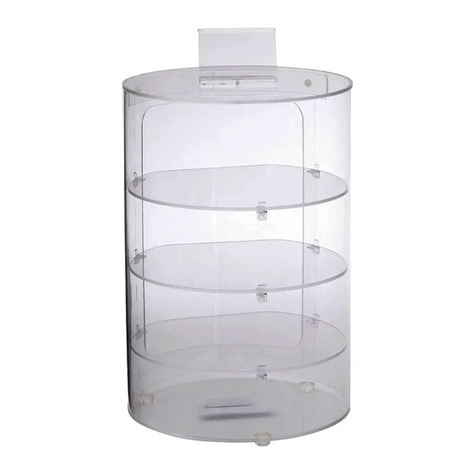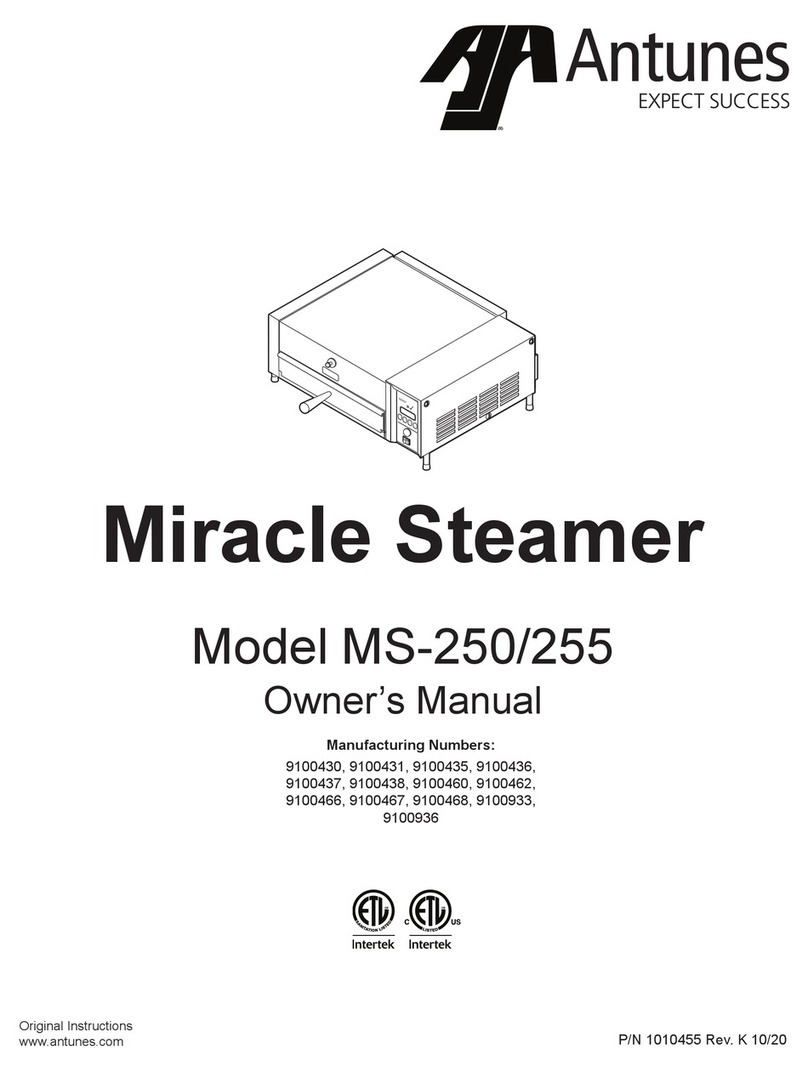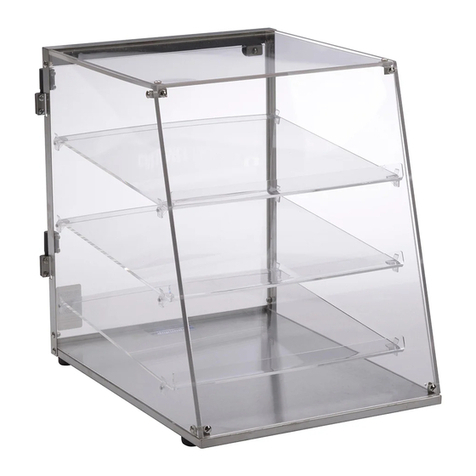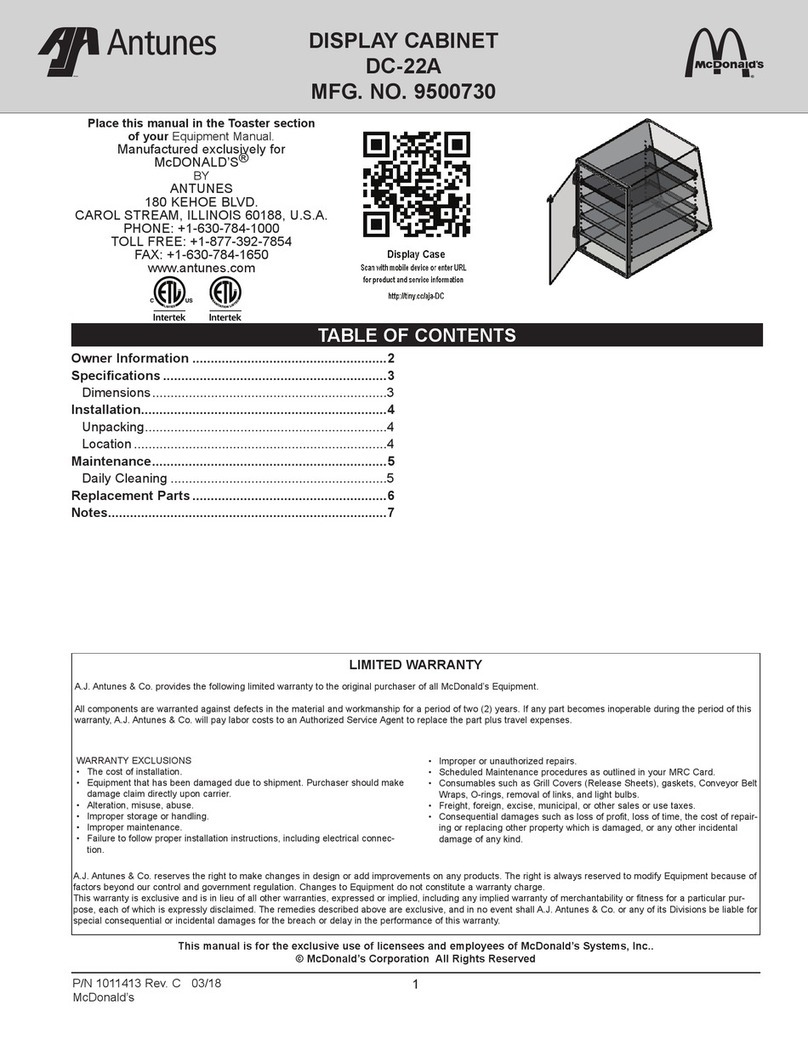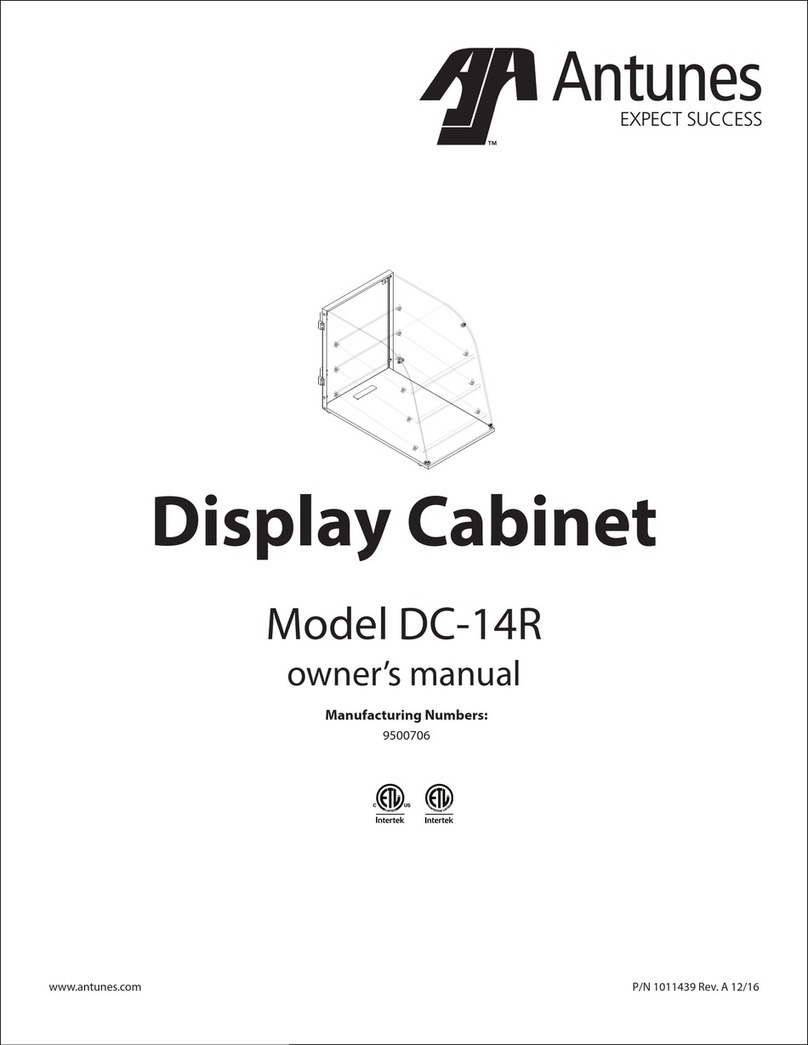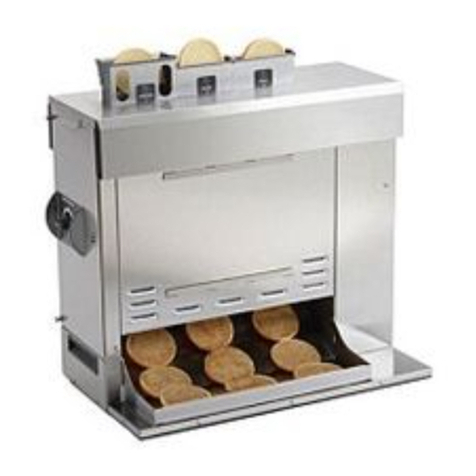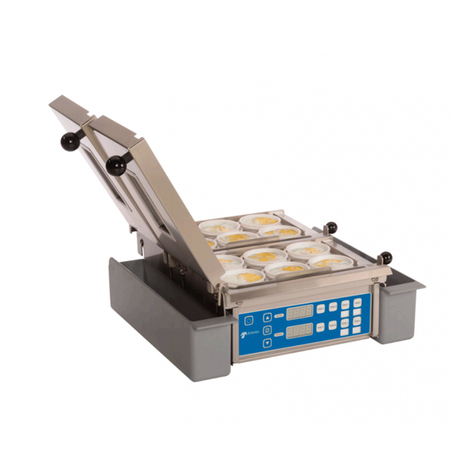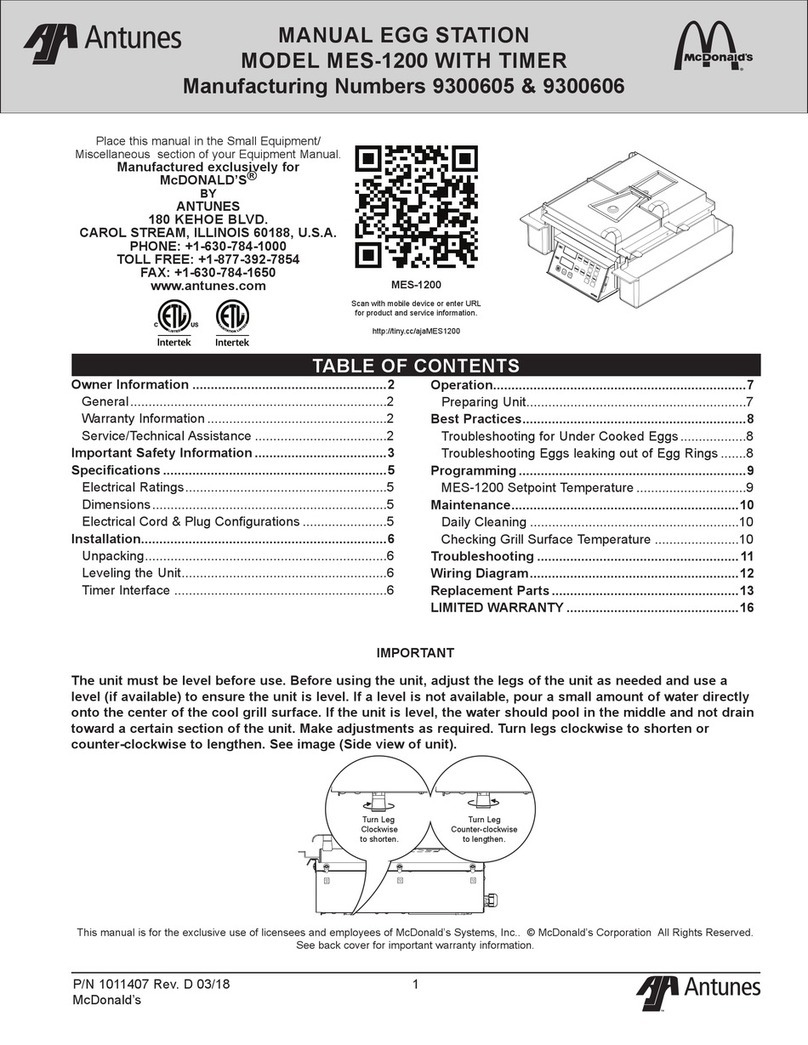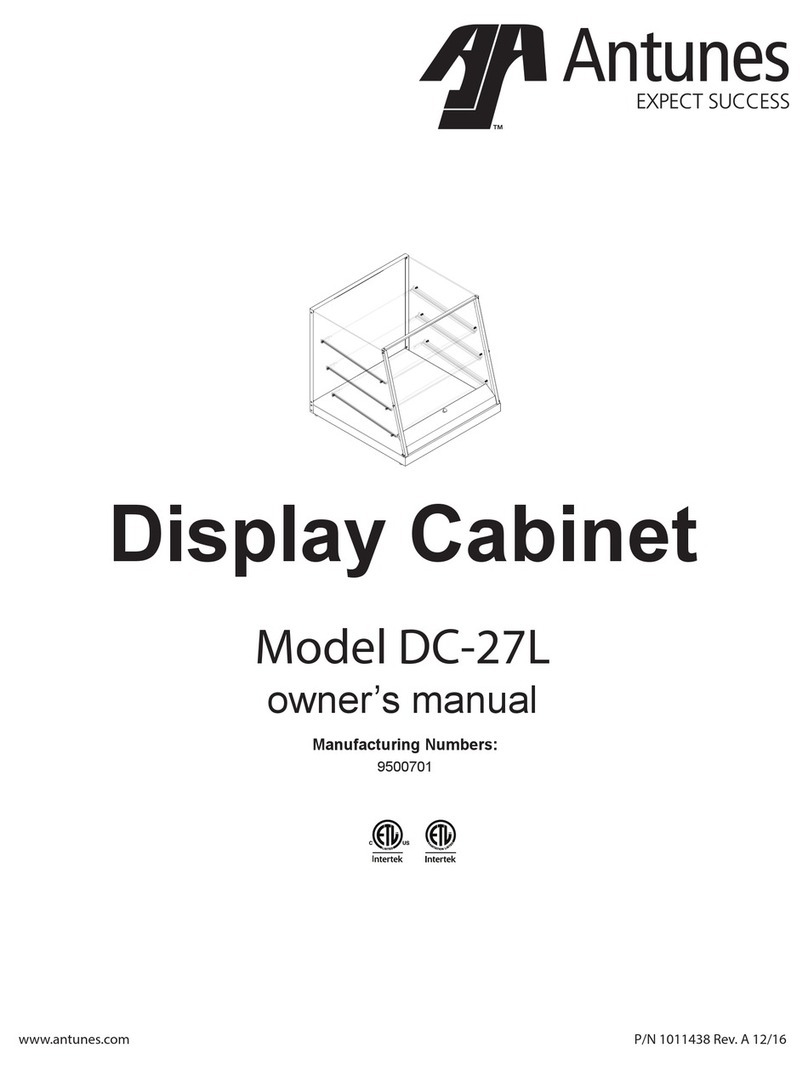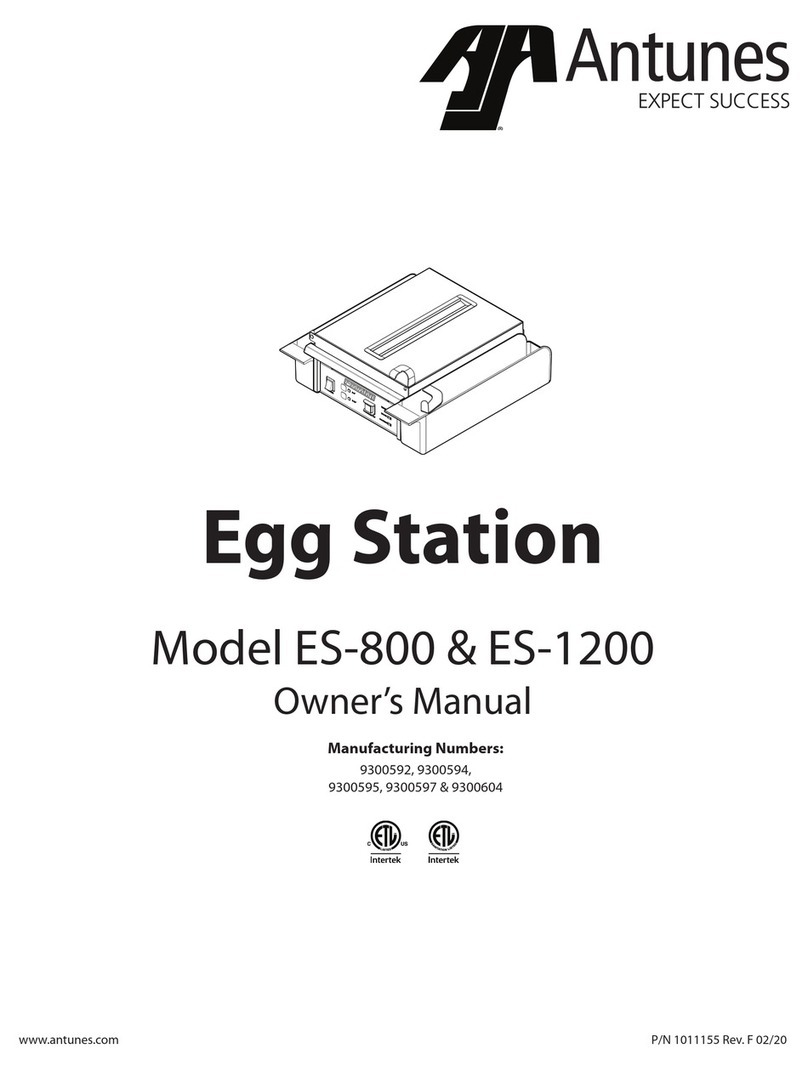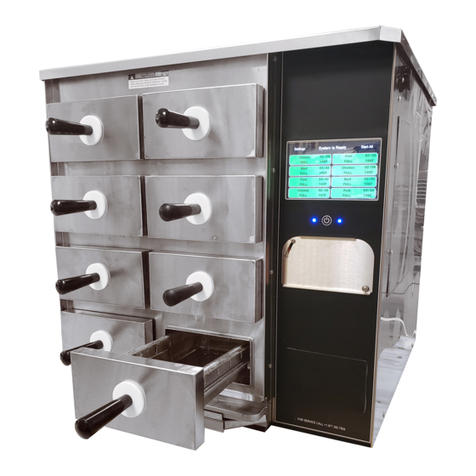
HRS SERIES
3
P/N 1011556 Rev A 08/19
Safety Information
Installation
yRead and understand all instructions
before installing or using the unit.
yInstall and locate the equipment only for its
intended use as described in this manual.
yThis equipment is to be installed to comply with the
local plumbing code and any other applicable code.
yThis equipment should be supplied
with only cold water.
yWater pressure must not exceed 100 psig (690
kPa). To reduce water pressure, install a water
pressure regulator and set to suit the application.
yWhen installed on metallic plumbing, a properly
sized electrical bonding jumper must be installed
across the inlet and outlet pipes serving this unit.
yFor installations in Massachusetts, the
Commonwealth of Massachusetts Plumbing
Code 248 CMR shall be adhered to. The
use of saddle valves are not permitted.
Please consult your local plumber.
NOTE: If the inlet water pressure is less than 50 psig
(345 kPa), it is recommended that a suitably-
sized booster system (outlet pressure 60 psig
- 100 psig max (414 kPa - 690 kPa max) be
installed.
Operation
yDO NOT operate the unit if it has been damaged
or dropped, or if it is not working properly.
yDO NOT block or cover any
openings on the equipment.
Maintenance
yDO NOT use corrosive chemicals in this equipment.
yDO NOT clean the unit with a
water jet or steam cleaner.
Service
yThis equipment should be serviced by qualied
personnel only. Contact Antunes for repair.
Safety Information (Continued)
Protect from freezing
If the lter freezes during operation or storage, irreversible
damage and brittle cracking of the cartridge or housing may
result.
Protect from direct sunlight or other UV sources
Avoid long-term exposure to direct sunlight or other UV
sources.
Protect from high temperatures or abrupt variation in
temperature
The maximum operating temperature is 86°F (30°C). Avoid
abrupt variations in temperature. Any temperature variation
should be made slowly.
Protect from rough handling or dropping
Mechanical damage, external breakage, and/or internal
breakage of the lter can result if the system is dropped or
bumped. Handle with care at all times during transportation
and installation.
Protect from organic solvents and concentrated acids
Prevent any and all contact of the lter with strong solvents,
solvents containing chlorine, or concentrated acids. DO NOT
use strong solvents or concentrated acids on any plastic parts
of the lter system. Examples of some solvents to avoid:
acetone, methyl acetate (nail polish remover); hexane (spot
removers); turpentine, toluene (paint thinners); dry cleaning
solutions, insecticides.
Protect from abrasive material
The lter must be protected from abrasive materials like
shavings left in a pipe. Abrasive materials in contact with the
lter can cause irreversible damage. All pipes must be ushed
clean before installing the lter. All plastic parts of the lter
system must be protected from sharp objects like knives,
sand paper, or other tools. Cutting or nicking a plastic part can
weaken it and cause a leak. DO NOT use abrasive cleansers
on any plastic parts.
Protect from water hammer
The system must be protected from shock, pressure surges,
or pulsation that may occur inside water pipes. Water
hammer occurs in pipes when a valve or faucet shuts quickly.
Install a water hammer arrestor (pressure vessel containing
compressed air separated from the water by a diaphragm) to
reduce pressure shock.
CAUTION
This equipment is to be installed to comply with the
basic plumbing code of the Building Ocials and Code
Administrators, Inc. (BOCA) and the Food Service Sanitation
Manual of the Food and Drug Administration (FDA).
CAUTION
Water Flow Regulator Assemblies are NOT interchangeable.
Operating the system with the wrong Water Flow Regulator
or without a regulator can damage the system, cause
personal injury, and voids the warranty!
